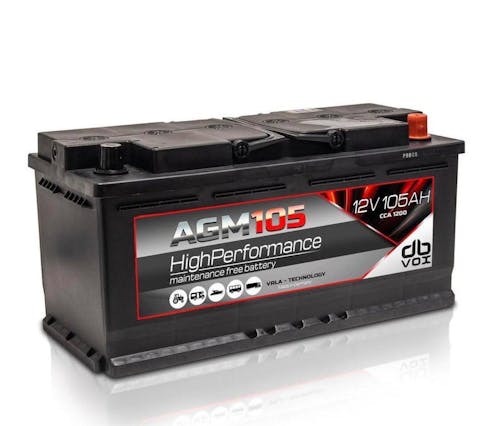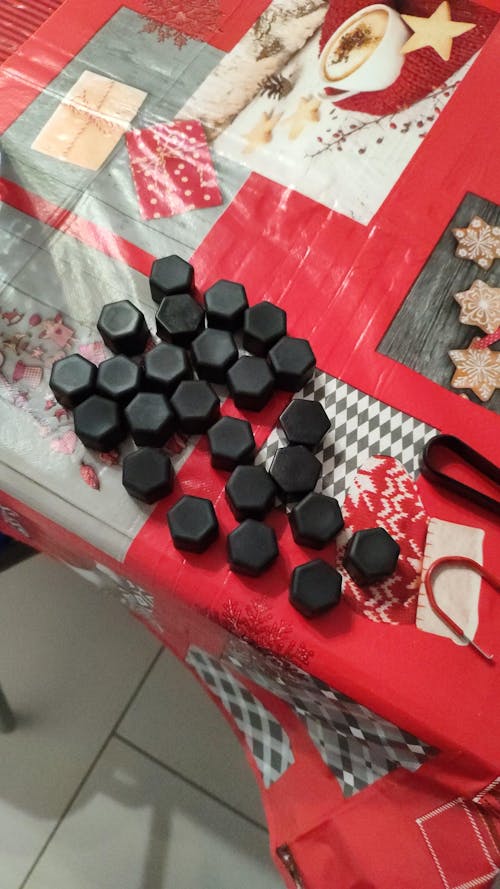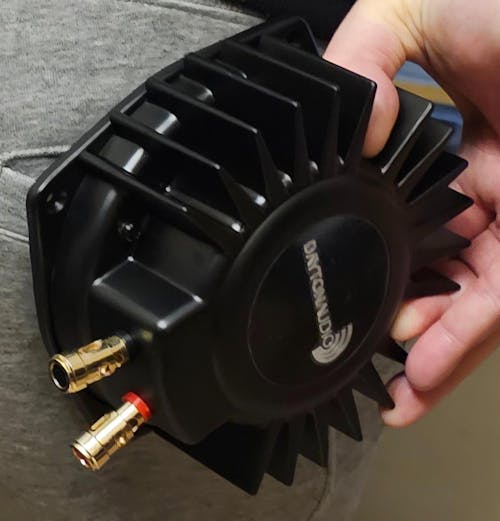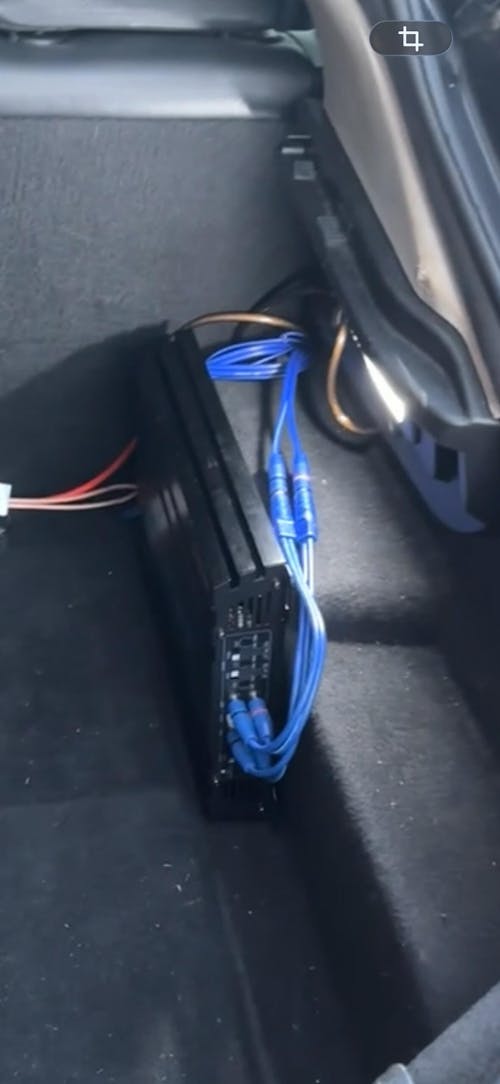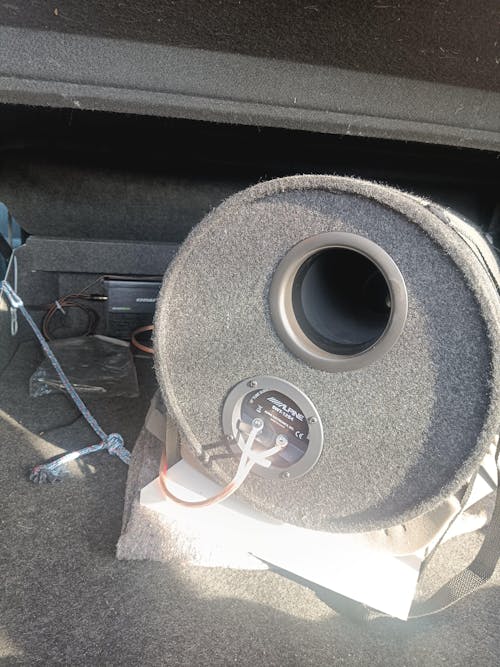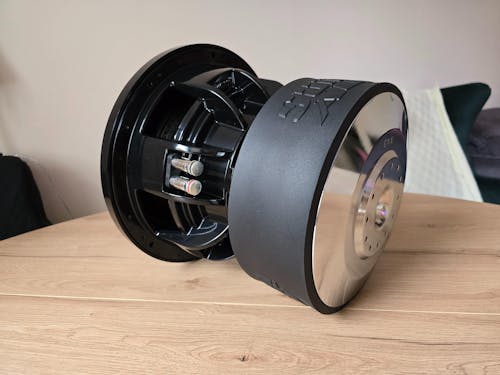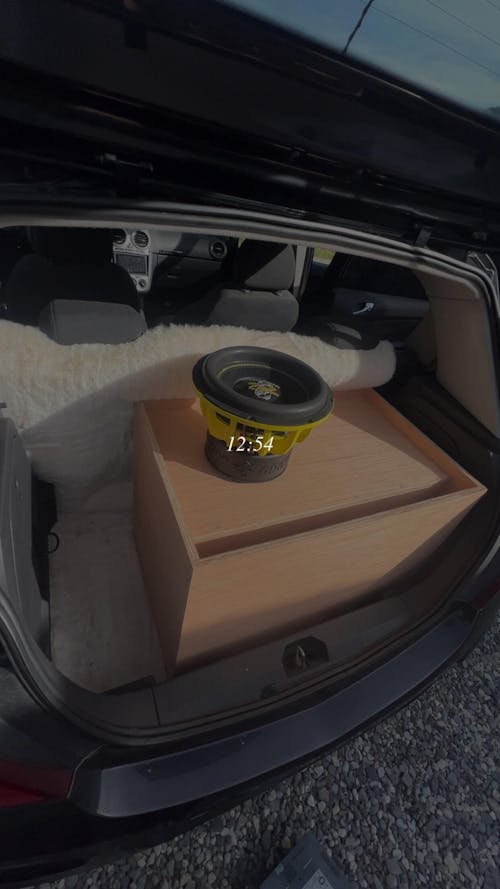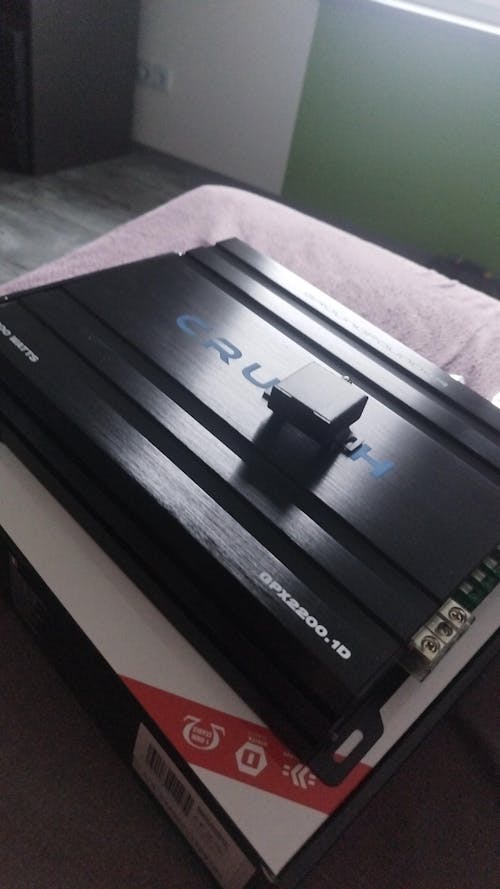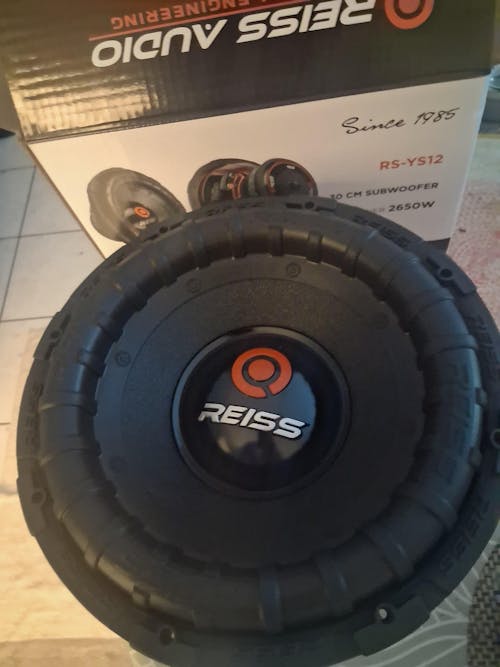-

 Normal price €9,00Normal price
Normal price €9,00Normal price€9,00Selling price €9,005% Rabatt mit VorkasseAvailable - Fast ShippingJan 1, - Jan 2, -
Stage3 Kupfer Keramik ANL Sicherung 30-400A

 Normal price €7,00Normal price
Normal price €7,00Normal price€7,00Selling price €7,005% Rabatt mit VorkasseAvailable - Fast ShippingJan 1, - Jan 2, -

 Normal price €29,00Normal price
Normal price €29,00Normal price€29,00Selling price €29,005% Rabatt mit VorkasseAvailable - Fast ShippingJan 1, - Jan 2, -
PG-3 35mm²-50mm² (mini)/ANL Spritzwassergeschützt

 Normal price €24,00Normal price
Normal price €24,00Normal price€24,00Selling price €24,005% Rabatt mit VorkasseAvailable - Fast ShippingJan 1, - Jan 2, -
10mm²-20mm² Mini-ANL Spritzwassergeschützt

 Normal price €16,90Normal price
Normal price €16,90Normal price€16,90Selling price €16,905% Rabatt mit VorkasseDelivery to HomeJan 1, - Jan 4, -

 Normal price €39,00Normal price
Normal price €39,00Normal price€39,00Selling price €39,005% Rabatt mit VorkasseAvailable - Fast ShippingJan 1, - Jan 2, -
 Normal price €279,00Normal price
Normal price €279,00Normal price€279,00Selling price €279,005% Rabatt mit VorkasseAvailable - Fast ShippingJan 1, - Jan 2, -

 Normal price €29,00Normal price
Normal price €29,00Normal price€29,00Selling price €29,005% Rabatt mit VorkasseDelivery to HomeJan 1, - Jan 4, -
 Normal price €59,00Normal price
Normal price €59,00Normal price€59,00Selling price €59,005% Rabatt mit VorkasseAvailable - Fast ShippingJan 1, - Jan 2, -
 Normal price €25,00Normal price
Normal price €25,00Normal price€25,00Selling price €25,005% Rabatt mit VorkasseAvailable - Fast ShippingJan 1, - Jan 2, -
 Normal price €9,00Normal price
Normal price €9,00Normal price€9,00Selling price €9,005% Rabatt mit VorkasseDelivery to HomeJan 1, - Jan 4, -
 Normal price €89,00Normal price
Normal price €89,00Normal price€89,00Selling price €89,005% Rabatt mit VorkasseAvailable - Fast ShippingJan 1, - Jan 2, -

 Normal price €159,00Normal price
Normal price €159,00Normal price€159,00Selling price €159,005% Rabatt mit VorkasseDelivery to HomeJan 5, - Jan 10, -
 Normal price €35,00Normal price
Normal price €35,00Normal price€35,00Selling price €35,005% Rabatt mit VorkasseAvailable - Fast ShippingJan 1, - Jan 2, -

 Normal price €15,00Normal price
Normal price €15,00Normal price€15,00Selling price €15,005% Rabatt mit VorkasseAvailable - Fast ShippingJan 1, - Jan 2, -
 Normal price €69,00Normal price
Normal price €69,00Normal price€69,00Selling price €69,005% Rabatt mit VorkasseAvailable - Fast ShippingJan 1, - Jan 2, -

 Normal price €19,00Normal price
Normal price €19,00Normal price€19,00Selling price €19,005% Rabatt mit VorkasseAvailable - Fast ShippingJan 1, - Jan 2, -

 Normal price From €55,00Normal price
Normal price From €55,00Normal price€55,00Selling price From €55,005% Rabatt mit VorkasseAvailable - Fast ShippingJan 1, - Jan 2, -
 Normal price €115,50Normal price
Normal price €115,50Normal price€115,50Selling price €115,505% Rabatt mit VorkasseDelivery to HomeJan 2, - Jan 5, -

 Normal price €79,00Normal price
Normal price €79,00Normal price€79,00Selling price €79,005% Rabatt mit VorkasseDelivery to HomeJan 1, - Jan 4, -
 Normal price €19,90Normal price
Normal price €19,90Normal price€19,90Selling price €19,905% Rabatt mit VorkasseAvailable - Fast ShippingJan 1, - Jan 2, -

 Normal price €35,00Normal price
Normal price €35,00Normal price€35,00Selling price €35,005% Rabatt mit VorkasseAvailable - Fast ShippingJan 1, - Jan 2, -
 Normal price €15,00Normal price
Normal price €15,00Normal price€15,00Selling price €15,005% Rabatt mit VorkasseAvailable - Fast ShippingJan 1, - Jan 2, -

 Normal price €39,00Normal price
Normal price €39,00Normal price€39,00Selling price €39,005% Rabatt mit VorkasseDelivery to HomeJan 1, - Jan 4, -

 Normal price From €69,00Normal price
Normal price From €69,00Normal price€69,00Selling price From €69,005% Rabatt mit VorkasseAvailable - Fast ShippingJan 1, - Jan 2, -

 Normal price €199,00Normal price
Normal price €199,00Normal price€199,00Selling price €199,005% Rabatt mit VorkasseDelivery to HomeJan 5, - Jan 10, -

 Normal price €139,00Normal price
Normal price €139,00Normal price€139,00Selling price €139,005% Rabatt mit VorkasseAvailable - Fast ShippingJan 1, - Jan 2, -

 Normal price €39,00Normal price
Normal price €39,00Normal price€39,00Selling price €39,005% Rabatt mit VorkasseAvailable - Fast ShippingJan 1, - Jan 2, -

 Normal price €20,00Normal price
Normal price €20,00Normal price€20,00Selling price €20,005% Rabatt mit VorkasseDelivery to HomeJan 1, - Jan 4, -

 Normal price €109,00Normal price
Normal price €109,00Normal price€109,00Selling price €109,005% Rabatt mit VorkasseAvailable - Fast ShippingJan 1, - Jan 2, -
SALE -20%
 Normal price €63,20Normal price
Normal price €63,20Normal price€79,00Selling price €63,205% Rabatt mit VorkasseAvailable - Fast ShippingJan 1, - Jan 2, -

 Normal price €25,00Normal price
Normal price €25,00Normal price€25,00Selling price €25,005% Rabatt mit VorkasseDelivery to HomeJan 1, - Jan 4,
Welche Funktion haben Sicherungshalter in einer Auto-Soundanlage?
Welche Funktion haben Sicherungshalter in einer Auto-Soundanlage?
Warum sind ANL und Mini-ANL Sicherungen für Fahrzeuge besonders geeignet?
Warum sind ANL und Mini-ANL Sicherungen für Fahrzeuge besonders geeignet?
Wann solltest du Sicherungen in deiner Auto-Elektrik überprüfen?
Wann solltest du Sicherungen in deiner Auto-Elektrik überprüfen?
Was unterscheidet Mini-ANL von regulären ANL Sicherungen?
Was unterscheidet Mini-ANL von regulären ANL Sicherungen?
Wie finden Überlastung und Kurzschlüsse durch geeignete Sicherungshalter ihre Lösung?
Wie finden Überlastung und Kurzschlüsse durch geeignete Sicherungshalter ihre Lösung?
Welche Sicherungstypen sind heute Standard und warum?
Welche Sicherungstypen sind heute Standard und warum?
Wann ist der Einsatz eines Sicherungshalters mit Spannungsmesser sinnvoll?
Wann ist der Einsatz eines Sicherungshalters mit Spannungsmesser sinnvoll?
Wie pflegst du deine Sicherungshalter und warum ist das wichtig?
Wie pflegst du deine Sicherungshalter und warum ist das wichtig?
Warum ist es riskant, defekte Sicherungen provisorisch zu überbrücken?
Warum ist es riskant, defekte Sicherungen provisorisch zu überbrücken?
Was ist bei der Wahl zwischen ATO und Glassicherungen zu beachten?
Was ist bei der Wahl zwischen ATO und Glassicherungen zu beachten?






















































